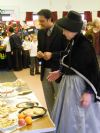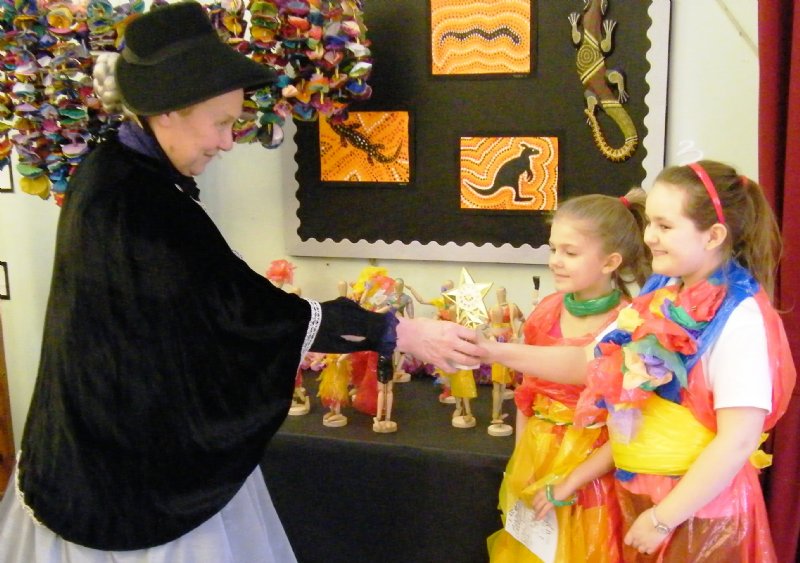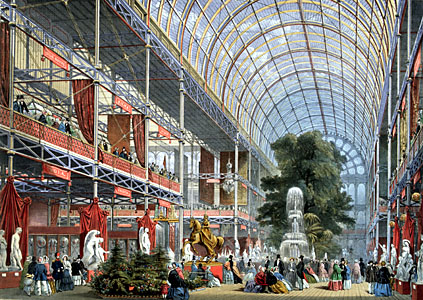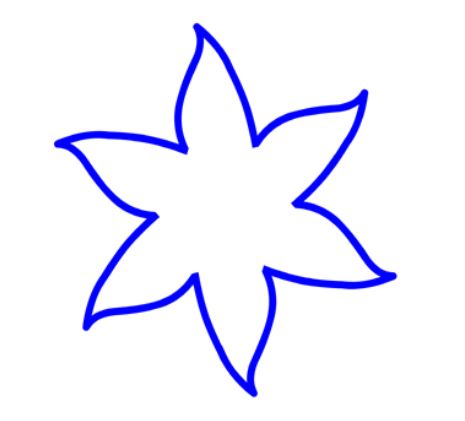The Great BVS Exhibition

This week has been our Spring Term Creative Week and we have been focusing on Art and Design and Technology. Each Year Group has been studying a continent and looking at a variety of countries. Year 3 have chosen Asia and concentrated on
Mrs Barber and Mrs Maslen, who organised our Creative Week decided that we should attempt to recreate  the Victorian Great Exhibition of 1851. So Friday 13th February saw our school hall transformed into the BVS Great Exhibition which was duly opened by Her Majesty Queen Victoria.
the Victorian Great Exhibition of 1851. So Friday 13th February saw our school hall transformed into the BVS Great Exhibition which was duly opened by Her Majesty Queen Victoria.
Charlotte Clarke, Brendon Eaglestone, Joe Hill and Bobbi Allison toured the Exhibition interviewing, visitors, pupils, staff as well as Queen Victoria herself. If you would like to hear their interview please click here. If you would like to see some photographs of the BVS Exhibition please click here and be transported to our picture Galleries.
What Was The 1851 Great Exhibition?
Following a series of increasingly popular public exhibitions, which attempted to educate the public's taste by showing the best of British manufactured goods, Henry Cole visited a similar exhibition in
 Joseph Paxton who had been building greenhouses for the Duke of Devonshire at Chatsworth, proposed a gigantic pre-fabricated building of iron and glass. This building, with its skeleton of cast-iron columns supporting a network of girders was innovative technologically, but also used many other industrial skills and inventions of the time. In less than nine months from 30 August 1850, a building which was 562 metres long and 124 metres wide rose in
Joseph Paxton who had been building greenhouses for the Duke of Devonshire at Chatsworth, proposed a gigantic pre-fabricated building of iron and glass. This building, with its skeleton of cast-iron columns supporting a network of girders was innovative technologically, but also used many other industrial skills and inventions of the time. In less than nine months from 30 August 1850, a building which was 562 metres long and 124 metres wide rose in
On 1 May 1851 the Exhibition was opened by Queen
By the time the exhibition closed on 15 October 1851, more than 6 million people had passed through its doors. The vast majority of these were the ordinary people of
For the mid-19th century citizen this would have been a unique experience. It was the first time that the nations of the world had ever come together in one place and it was remarkable showcase for the manufactures of
After the Exhibition closed, the prime movers,
